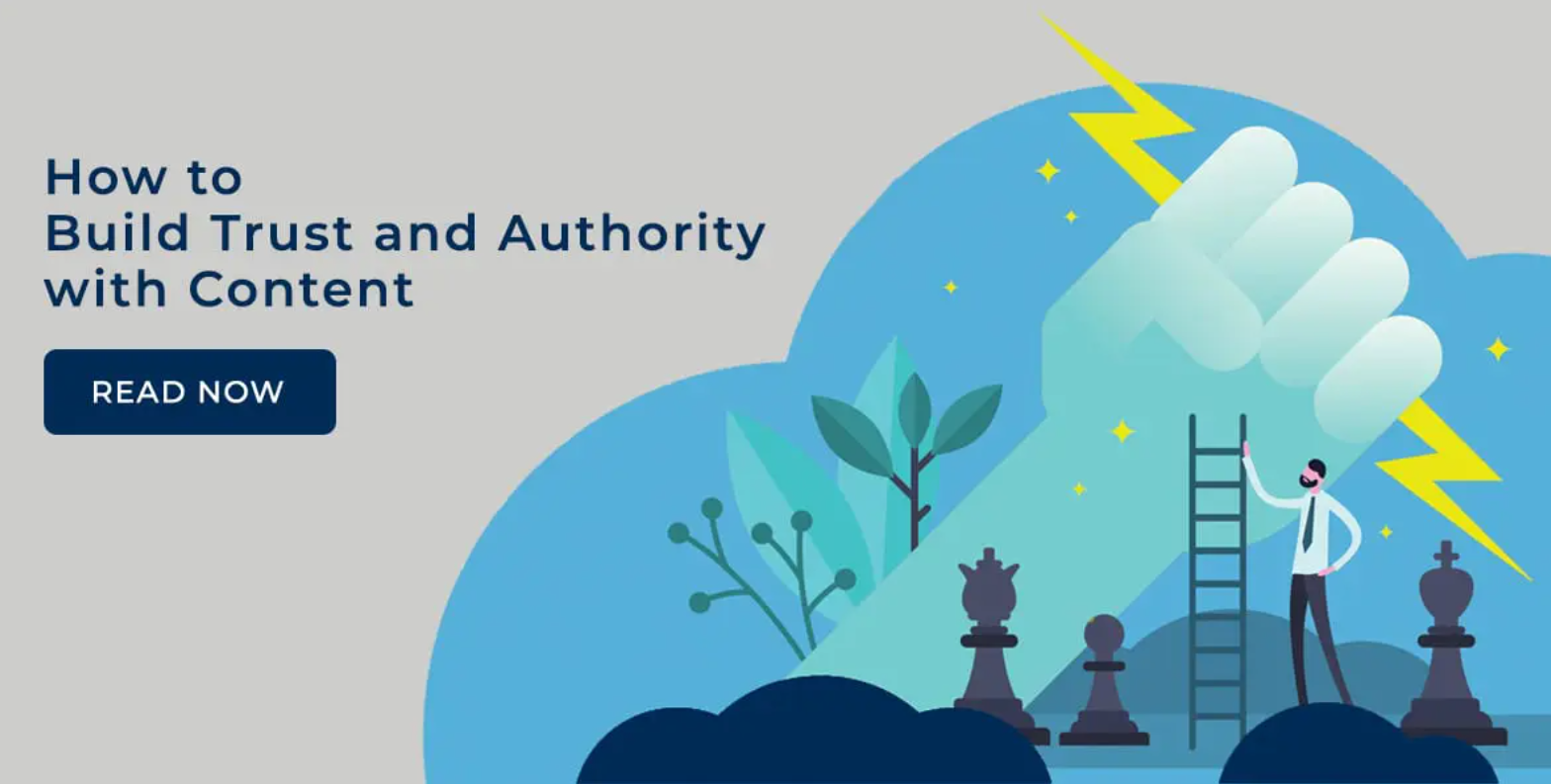A well-designed website is a must for any ecommerce business. It’s the first thing customers see when they visit your store, so it needs to be clear and easy to navigate. But with so many different layouts and styles out there, how do you know which design best suits your brand?
Be Smart About Your Homepage
- Make sure your homepage is easy to find.
- Make sure it’s easy to navigate and understand.
- Make sure it’s easy to use, visually appealing and readable.
Structure Product Pages for Ease of Use
Product pages are the first impression your customers will have of your store, and it’s important to make sure they’re easy to use. To do this, you’ll want to take advantage of a grid layout that provides space for product reviews, showcases product features and specifications, includes a gallery of images (with or without videos), as well as videos walkthroughs on how each item works.
Your Website Needs to Be Mobile-Friendly
You need to make sure your website is mobile-friendly. Mobile devices are used for shopping, and they have a higher bounce rate than desktop computers. Mobile devices also have lower conversion rates and average order values (AOVs). If you want to increase sales, it’s important that your website converts better on mobile devices because these people are buying from you.
Product Descriptions Need to Tell a Story
Product descriptions are an important part of any ecommerce store. They help the customer understand how your product works, why it is needed, and what it will do for them.
Here are some tips on how to write effective product descriptions:
- Keep them short and sweet. Most consumers will only spend a few seconds reading your description before deciding if they want to buy from you or not. If you want people to make a purchase from your site (and who wouldn’t?), then make sure that whatever information is presented in this section of your site provides enough information about what makes these products great so that customers can quickly decide whether or not they want one for themselves—and if so, where should they buy it?
- Use bullet points instead of paragraphs; this makes things easier on both readers’ eyes as well as ours since we don’t have time while reading through all those words! Bullet points also help highlight key features without having too much text overall which means less clutter when browsing through pages like Amazon reviews page.”
Great CTAs Matter
A CTA is a call-to-action that helps you get the customer to take action. It’s a button or link that says, “Click here!” and encourages people to convert on your site.
It can be as simple as a big red button at the top of the page, but more often than not it’s hidden behind menus and other content. If you want your CTAs to stand out from all of that clutter, here are some things you should keep in mind:
- Make it easy for visitors to find. This means making sure there aren’t any unnecessary links or tabs before you reach this important piece of information (and make sure those links lead directly back).
- Be clear about what exactly they’re signing up for when they click through—and make sure this information is relevant for each page so no two pages have conflicting messages about what kind of offer might interest them most!

Provide Multiple Ways to Purchase Products
When it comes to ecommerce stores, the most popular payment methods are credit cards and PayPal. However, you should also provide an option for customers who prefer cash or checks so that they can pay in person or over the phone with their own funds instead of using a credit card. In addition, many people prefer to use online payment services like eBay’s PayPal because they’re convenient and easy-to-use. If you want your store visitors to feel comfortable when making purchases on your site then make sure that every single payment option is available via either text messages or emails sent directly from your company account without having any extra steps required by users themselves before completing transactions through these channels (e.g., going into their accounts).
Be Consistent in Your Design to Be Consistent
Consistency is important for branding and customer experience. Consistency helps customers find what they are looking for quickly, which is especially important on ecommerce sites. It also helps them trust your brand and understand how to navigate the site easily.
Consistent design across all pages of your store reduces the time spent by visitors trying to figure out where things are located in their new environment. This can save you both money because it means fewer people leave without purchasing anything or wasting time looking at products that don’t fit their needs (or vice versa).
Help Customers Find What They Are Looking for Quickly
Searching for products on your ecommerce store can be a pain. Customers may not know exactly what they want, or may not be able to find the exact product they are looking for. The best way to help customers find what they are looking for quickly is by:
- Providing a search bar at the top of the page so that customers can easily find your items using keywords or filters (e.g., brand name).
- Providing navigation options in case someone wants more information about an item before purchasing it (e.g., adding tags like “shoes” or “bags”).
- Including filters that allow users to narrow down their search results by price range, color and size range (e.g., red shoes under $50).
Show Off Reviews and Social Proof Prominently

Reviews and social proof are two of the most valuable assets you can have in your ecommerce store. Reviews help build trust with customers and highlight your strengths, but it’s important to make sure that you’re not just shoving them down people’s throats. Showcase reviews prominently on your website so that they’re visible for all visitors to see, but don’t rely on them alone for conversion rates.
A good way to increase conversions is by showing off how many people have left positive feedback about one particular product or service—this will encourage more people to check out what others think about it too! If possible, include a button where shoppers can click through directly from their browser instead of having them go back into another page (which could delay up-selling).
Your Website Needs to Be Well-Designed for the Best Results
- Use a design that is consistent with your brand: You can use your logo as an example of consistency, but you should also make sure that all of your products and content are consistent in terms of design, color palette and fonts. If you have different departments within the site (like sales), then each department should be represented by its own theme or color scheme so it’s clear where users are landing on the page when they land there.
- Be consistent in your design: Ecommerce stores often use multiple themes on their sites—for example a white background theme with black text for product descriptions on one page versus another page where these same items appear against a red background with white text (or vice versa). This makes it easy for users because they don’t have any trouble distinguishing between pages at all times since everything looks similar except for maybe one thing such as font size or margin widths which may not matter much anyway depending on how much space each column takes up overall.”
Wrap-up
It’s important to remember that design isn’t just about what you see and how it looks. It’s also about how users interact with your website, which will determine whether or not they buy anything from you in the first place. As we talked about earlier, a well-designed website can help you sell more products!



